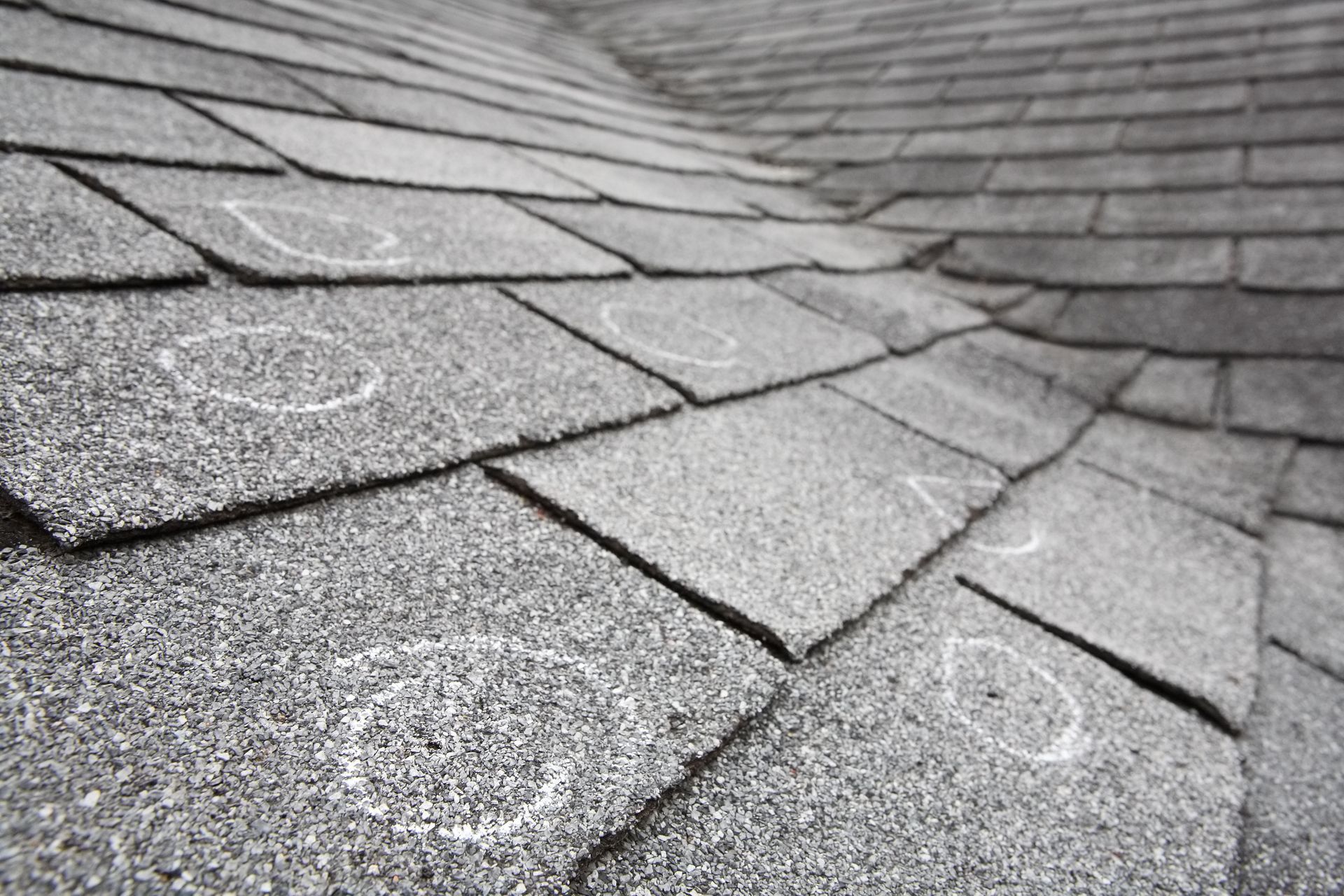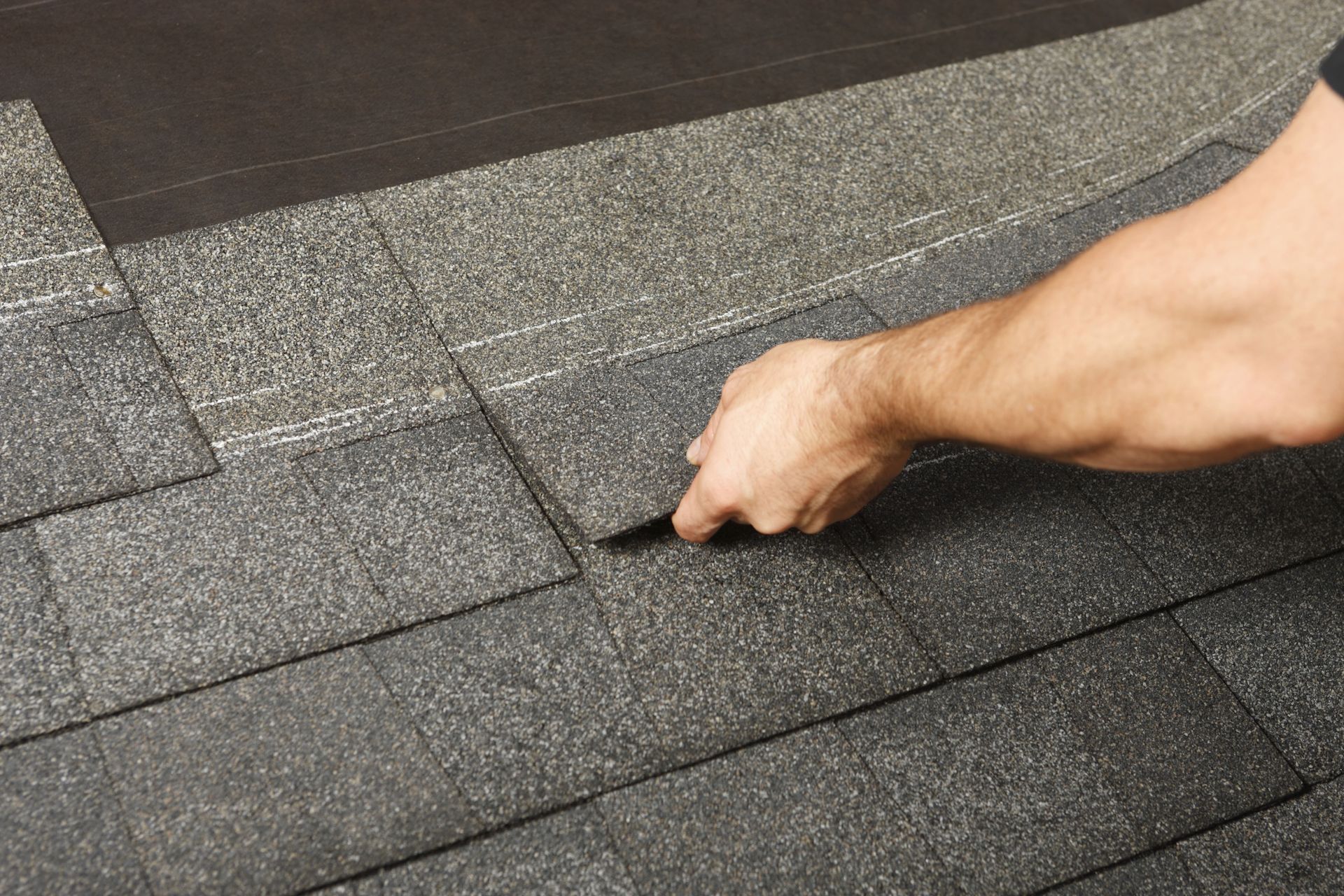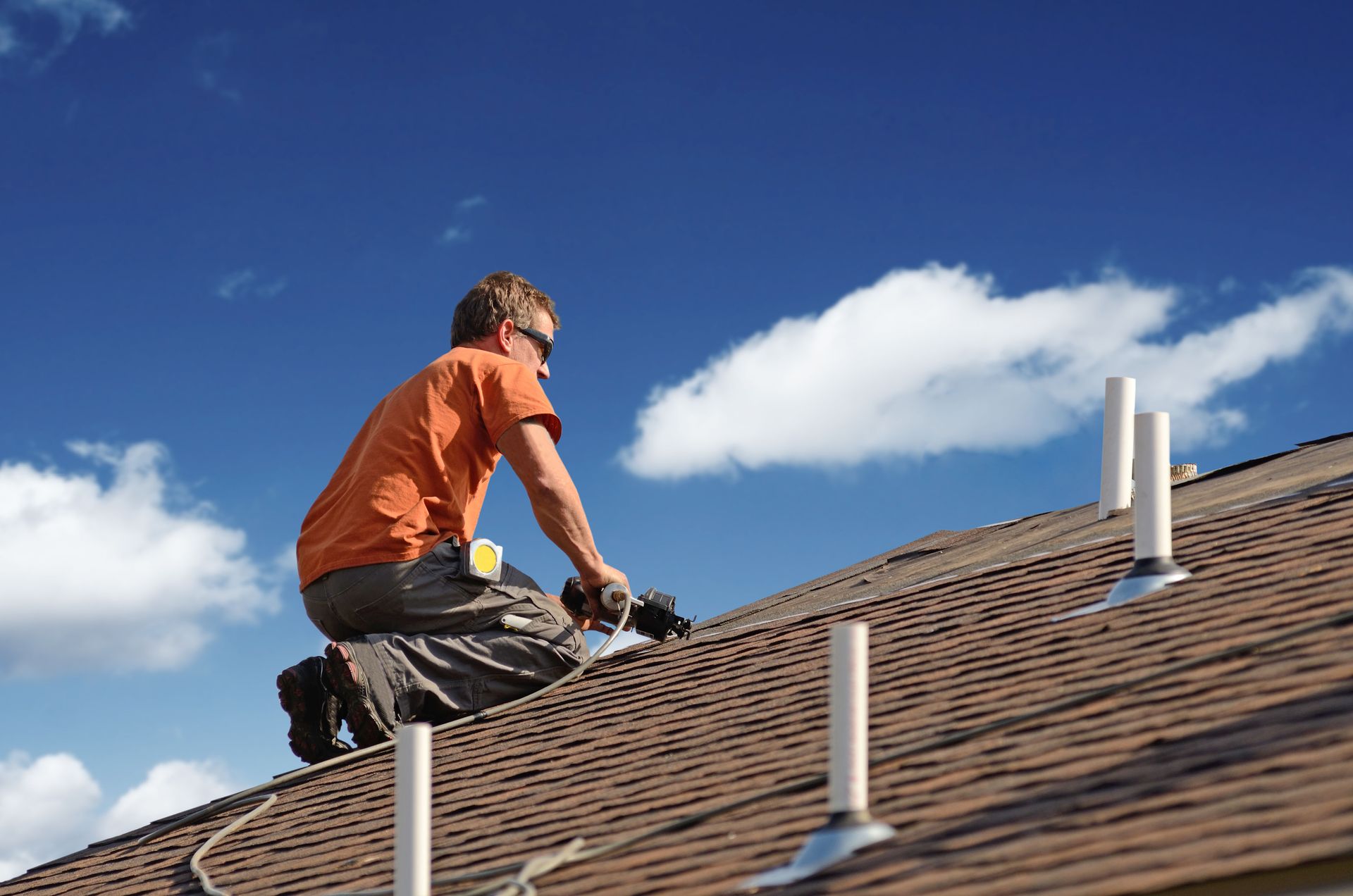Understanding Storm Damage: The Top Reason for Roof Claims
The growing intensity and unpredictability of severe weather events have made it essential for homeowners to understand how storms affect their roofs and when to seek local roof repair. These natural forces can damage shingles, underlayment, and support structures, often resulting in costly insurance claims. According to the Insurance Information Institute, storm damage remains the number one cause of roof-related insurance filings, emphasizing the importance of timely inspection and repair after severe weather.
Understanding the root causes of storm damage, the influence of climate and geography, and the best ways to assess and address roofing issues are vital steps toward protecting your home. By taking preventive action and working with experienced professionals, homeowners can strengthen their properties and reduce the likelihood of future claims.
Recognize the Main Types of Storm Damage
Storms cause various forms of roof damage, each with distinct consequences that may require immediate local roof repair. Wind is one of the most common culprits. Strong gusts can lift shingles, create openings for water infiltration, and even dislodge sections of the roof entirely. Over time, weakened fastenings and exposed materials increase the chance of leaks and interior water damage. Homeowners can reduce these risks by installing wind-resistant shingles and trimming nearby trees to prevent falling debris.
Hail is another powerful force that can compromise a roof’s integrity. Even small hailstones can bruise or crack shingles, while larger ones can puncture roofing layers, leading to leaks. Granule loss caused by hail also reduces a roof’s ability to shed water effectively. Prompt inspections and professional roof repair after a hailstorm are essential to prevent minor dents or divots from becoming major structural issues.
Water intrusion often follows as a secondary effect of wind or hail damage. When roofing layers are compromised, rainwater seeps into the structure, leading to wood rot, mold, and insulation deterioration. Poor drainage and clogged gutters can worsen the problem. Preventive measures like routine gutter cleaning and installing water-resistant barriers go a long way in maintaining structural health. Debris, ice, and snow also add to these risks, with fallen branches or accumulated weight causing further roof stress. Ensuring proper winter maintenance and clearing debris quickly after storms can significantly minimize long-term damage.
Understand How Weather Patterns Influence Roof Damage
Storm severity often changes with the seasons, meaning that year-round vigilance is key. Spring and summer bring heavy rains, lightning, and hail, while fall and winter usher in cold snaps, snow, and ice. Each weather condition presents unique stressors on roofs, demanding timely adjustments to maintenance and reinforcement. Regular seasonal inspections and local roof repair ensure that small problems are handled before they turn into expensive claims.
Climate change has only amplified these seasonal challenges. As weather patterns grow more erratic, homeowners are experiencing stronger winds, heavier rainfall, and increased storm frequency. These conditions place new demands on traditional roofing materials, prompting the need for more durable, eco-friendly options. Adapting roofing systems to withstand extreme weather is no longer optional—it’s a necessary part of modern home protection. Partnering with roof repair professionals who understand regional climate shifts helps ensure materials and designs match evolving environmental needs.
Geography also plays a major role in how roofs sustain damage. Coastal regions face hurricane-force winds, while inland areas may experience severe hail or tornado activity. Recognizing local vulnerabilities allows homeowners to choose materials and reinforcement methods suited to their environment. Working with a local roof repair company familiar with area-specific challenges ensures that preventive strategies are both practical and effective.
Evaluate and Document Roof Damage Effectively
After a storm passes, assessing and documenting damage promptly is essential. Initial inspections should include checking for displaced shingles, dented flashing, and water stains in attics or ceilings. While visual checks can reveal obvious damage, hidden issues often require professional evaluation. Roofing experts have the tools and experience to detect less visible problems, such as compromised underlayment or structural weaknesses, which might otherwise go unnoticed until leaks appear.
Proper documentation is equally important, especially when filing insurance claims. Homeowners should take clear photographs and detailed notes immediately following a storm. This evidence supports claims and helps streamline the repair process. Coordinating with a local roof repair contractor ensures accurate assessments that align with insurance requirements and expedite claim approvals.
Hidden damage can often pose greater risks than visible wear and tear. Moisture trapped beneath shingles, for example, can lead to slow but severe structural deterioration. Professional inspections using moisture meters or infrared imaging can identify these unseen threats. Acting quickly on these findings with the help of a roof repair service prevents small issues from evolving into extensive—and expensive—damage.
Adopt Preventive and Long-Term Roof Protection Strategies
Prevention remains the most effective defense against storm-related roof damage. Scheduling annual maintenance, especially before storm-heavy seasons, allows homeowners to catch potential issues early. Reinforcing flashing, sealing joints, and replacing worn shingles all contribute to a more resilient roof structure. Investing in these preventive actions reduces both the frequency and cost of insurance claims.
Technological advancements are also reshaping how homeowners protect their properties. Impact-resistant shingles, reflective coatings, and modern waterproof membranes extend roof longevity while improving energy efficiency. Some homeowners even incorporate smart sensors that monitor roof performance and send alerts when damage is detected. Collaborating with a local roof repair team ensures that these technologies are properly installed and maintained, providing both peace of mind and long-term savings.
Beyond technology, education plays a vital role. Understanding how to interpret weather alerts and take preemptive action—such as securing outdoor furniture or trimming weak branches—can prevent unnecessary strain on a roof. Homeowners who take a proactive stance not only protect their investment but also contribute to overall community resilience against severe weather events.
Respond Quickly and Partner with Roofing Experts
Timely response following a storm makes all the difference in minimizing repair costs and maintaining safety. Homeowners should never attempt major repairs on their own, as walking on a damaged roof can be hazardous. Instead, scheduling a prompt inspection with a local roof repair expert ensures professional evaluation and safe, effective restoration.
Reliable roofing specialists can help homeowners navigate the entire process, from assessing damage to managing insurance claims. They also provide valuable maintenance recommendations and can install upgrades that improve a roof’s resistance to future storms. The faster the response, the lower the risk of escalating damage and insurance complications.
Proactive homeowners understand that every storm is an opportunity to strengthen their property. Whether through routine upkeep, improved materials, or faster repairs, consistent attention to roof health ensures lasting protection and greater peace of mind.
Storm damage remains a reality that every homeowner must be prepared to face, regardless of location or season. From high winds and hail to heavy snow and debris, each storm presents unique challenges that can weaken roofing structures over time. The best defense lies in proactive maintenance, strategic upgrades, and quick action after severe weather passes. Regular inspections, preventative reinforcements, and timely repairs all contribute to long-term roof stability. Understanding the risks and working with a reliable local roof repair team ensures that your roof stays strong, your home remains safe, and your investment continues to stand firm no matter what the forecast brings.
At Lake Michigan Construction & Roofing, we’re committed to helping homeowners safeguard their properties with reliable inspections, expert repairs, and durable roofing solutions. Contact us today—we’ll help you protect your home before the next storm hits.





Share On: